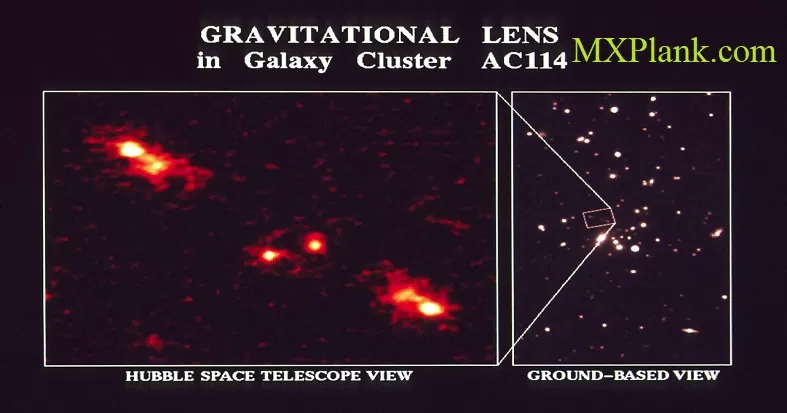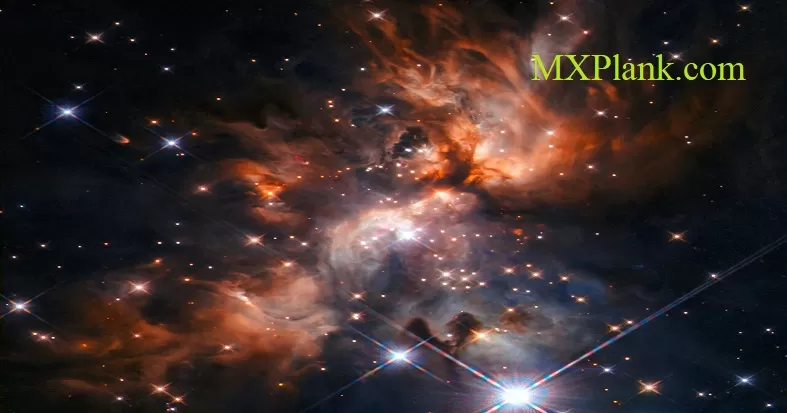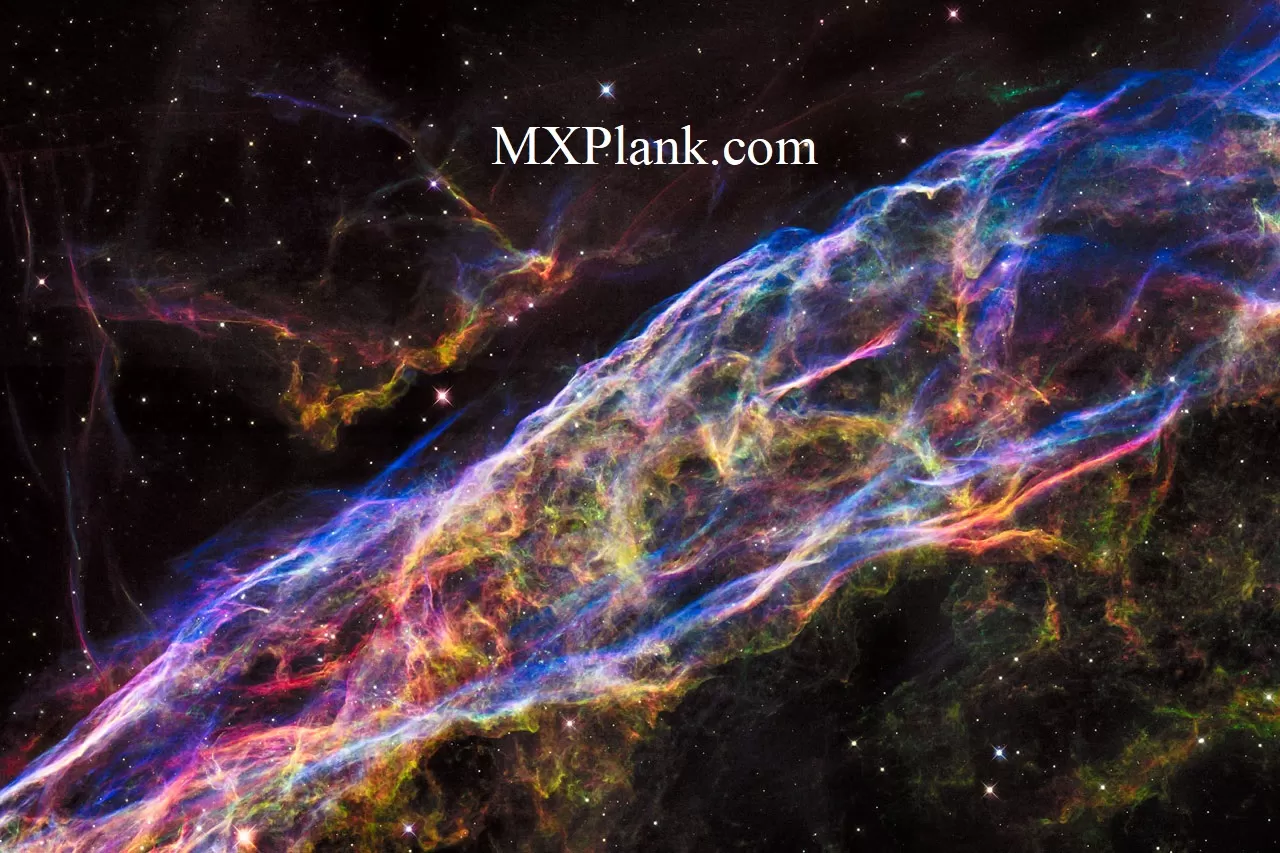New Hubble image of NGC 2174

To celebrate its 24th year in orbit, the NASA/ESA Hubble Space Telescope has released this beautiful new image of part of NGC 2174, also known as the Monkey Head Nebula.
NGC 2174 lies about 6400 light-years away in the constellation of Orion (The Hunter). Hubble previously viewed this part of the sky back in 2011 — the colourful region is filled with young stars embedded within bright wisps of cosmic gas and dust.
This portion of the Monkey Head Nebula was imaged in the infrared using Hubble's Wide Field Camera 3.
NGC 2174 is an emission nebula in Orion. It is known as the Monkey Head Nebula due to its shape although it doesn't look obvious to us. Hmmm. Where is the monkey? ????.
NGC 2174 is a great target for medium to large telescopes and is fairly easy to capture from the city using the right filters.
Object Designation: NGC 2174
Also known as: The Monkey Head Nebula
Constellation: Orion
Object Type: Emission Nebula
Distance: 6,400 light-years away
Magnitude: 6.8
Discovered in: Sometime before 1654 (cluster part)
Also known as: The Monkey Head Nebula
Constellation: Orion
Object Type: Emission Nebula
Distance: 6,400 light-years away
Magnitude: 6.8
Discovered in: Sometime before 1654 (cluster part)

A Nearby Star Factory In celebration of the 24th anniversary of the launch of NASA's Hubble Space Telescope (on April 24, 1990), astronomers have taken an infrared-light image of a turbulent region of star birth. The image unveils a collection of carved knots of gas and dust in a small portion of the Monkey Head Nebula (also known as NGC 2174). The nebula is a star-forming region that hosts dusty clouds silhouetted against glowing gas. Newly formed stars shine brightly, illuminating and heating the cloud to create the glowing gas of the nebula. Radiation and stellar winds from the region's hottest stars eat away at the low-density gas of the cloud, often making tall pillar-like structures
This Hubble image studies a collection of such pillars within NGC 2174 using infrared light. Dense gas is generally opaque to visible light, appearing dark and relatively featureless in such images. Infrared light reveals more detail for two reasons: first, the longer wavelengths can penetrate deeper into the cloud, and second, some of the gas has been heated enough that it glows in infrared light. Particularly striking in this infrared view are the small, finger-like prominences scattered across the gaseous landscape. The bright edges show where the stellar radiation is being absorbed, and thereby outline the dense pocket of potential star formation.
Most of the nebula is semi-transparent to infrared light, revealing stars both within and behind the gas cloud. Infrared light is also more efficient at observing small, cool stars, which emit much of their light at these longer wavelengths. In the background, many distant galaxies can be seen across the image. NGC 2174 is located about 6,400 light-years away in the constellation Orion To be honest, we never really cared that much about the Monkey Head Nebula. Don't get me wrong, it is a pretty object, but when compared to some of the other incredible Winter nebulae, we can say it doesn't stand out that much.
After spending a night imaging it though, I can say that I now like this target much more! zooming in on the object reveals some great intricate details where you can really see how the gases interact.
Looking at the target wide field is also interesting as you really get a sense of how huge space is due to the lack of any other object or gas anywhere around the huge Monkey Head. To put things into perspective, this target is larger than the full moon!
Another great aspect of NGC 2174 is the presence of an open cluster of stars embedded into the gases of the nebula, designated NGC 2175.
On the above is a close up image taken by the Hubble Space Telescope. You can see some of the bright stars forming the cluster
These stars can better be captured with a large telescope and surely would look fantastic if you are using a Newtonian
The Monkey Head Nebula was the star of the 24th Hubble anniversary images in 2014. The photo attached is one of the four close up views NASA released that year.
Credit:
NASA/ESA and The Hubble Heritage Team (STScI/AURA)
NASA/ESA and The Hubble Heritage Team (STScI/AURA)






